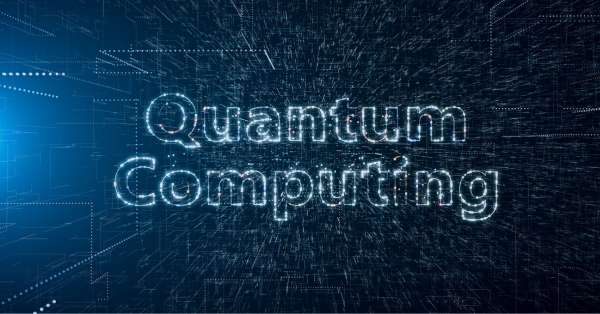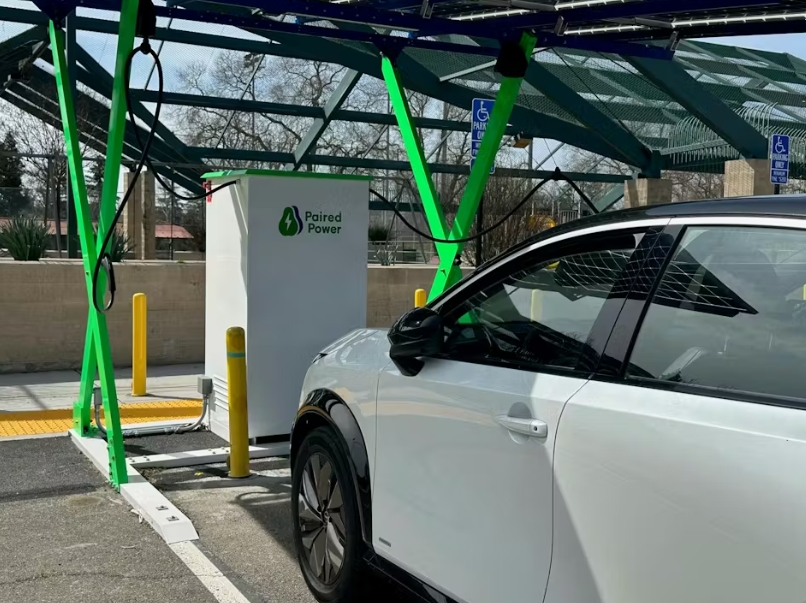Researchers from the Department of Energy's Oak Ridge National Laboratory (ORNL) have harnessed the power of a commercial quantum computer to identify a molecular candidate for the development of more efficient solar cells. This groundbreaking research not only showcases the potential of quantum computing for scientific applications but also holds promising implications for the future of solar energy.
The research was conducted against the backdrop that industry studies revealing that conventional solar cells have a theoretical maximum efficiency of around 33%.
The ORNL team focused on singlet fission, a process in which a single photon of light absorbed by a molecule generates two excited states, offering the potential for solar panels to surpass the existing efficiency limit and achieve greater efficiency. By modeling singlet fission on the Quantinuum H1-1 quantum computer, the team confirmed that the linear H4 molecule possesses energetic levels that align perfectly with the requirements of the fission process.

Simply put, the linear H4 molecule, composed of four hydrogen atoms arranged in a linear fashion, demonstrates the potential for enhanced energy extraction from sunlight, making it an ideal candidate for more efficient solar panels. The research results were published in The Journal of Physical Chemistry Letters.
Dr. Daniel Claudino, the research scientist in charge of the project, stated, "To understand fundamentally whether a certain material exhibits singlet fission is very hard. There is a specific energetic requirement, and it's difficult to find materials that fulfill it."
Utilizing the full capabilities of the quantum computer, the ORNL team employed a quantum solver called PDS, based on the Peeters-Devreese-Soldatov approach, to describe all the quantum states involved in singlet fission accurately. PDS offered higher accuracy than conventional density functional theory and required fewer computational resources than coupled cluster theory, making it ideal for leveraging the potential of quantum computers in quantum chemistry simulations.
While quantum computing has great potential, it still faces challenges, including high error rates. The ORNL team applied innovative strategies, including qubit tapering, qubit-wise commutativity and parallel circuit implementation, to reduce the computational workload, enabling them to achieve reliable results in weeks instead of months.
As the world seeks sustainable solutions to combat climate change and revolutionary technologies advance, more and more breakthroughs concerning utilizing quantum computing to address energy issues are being brought out. The instance that NREL explored using quantum computing for grid optimization opened up a new wave of innovation in the nationwide energy sector, while this breakthrough in utilizing quantum computing to identify molecular candidates for enhanced solar cells offers an immense force to push forward solar.
The project was funded by DOE's Basic Energy Sciences (BES) program, and access to the H1-1 quantum computer was provided by the Quantum Computing User Program at the Oak Ridge Leadership Computing Facility, a DOE Office of Science user facility.







